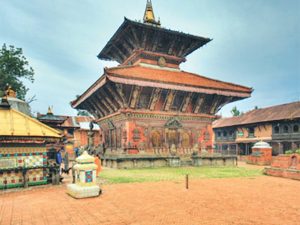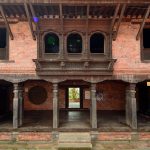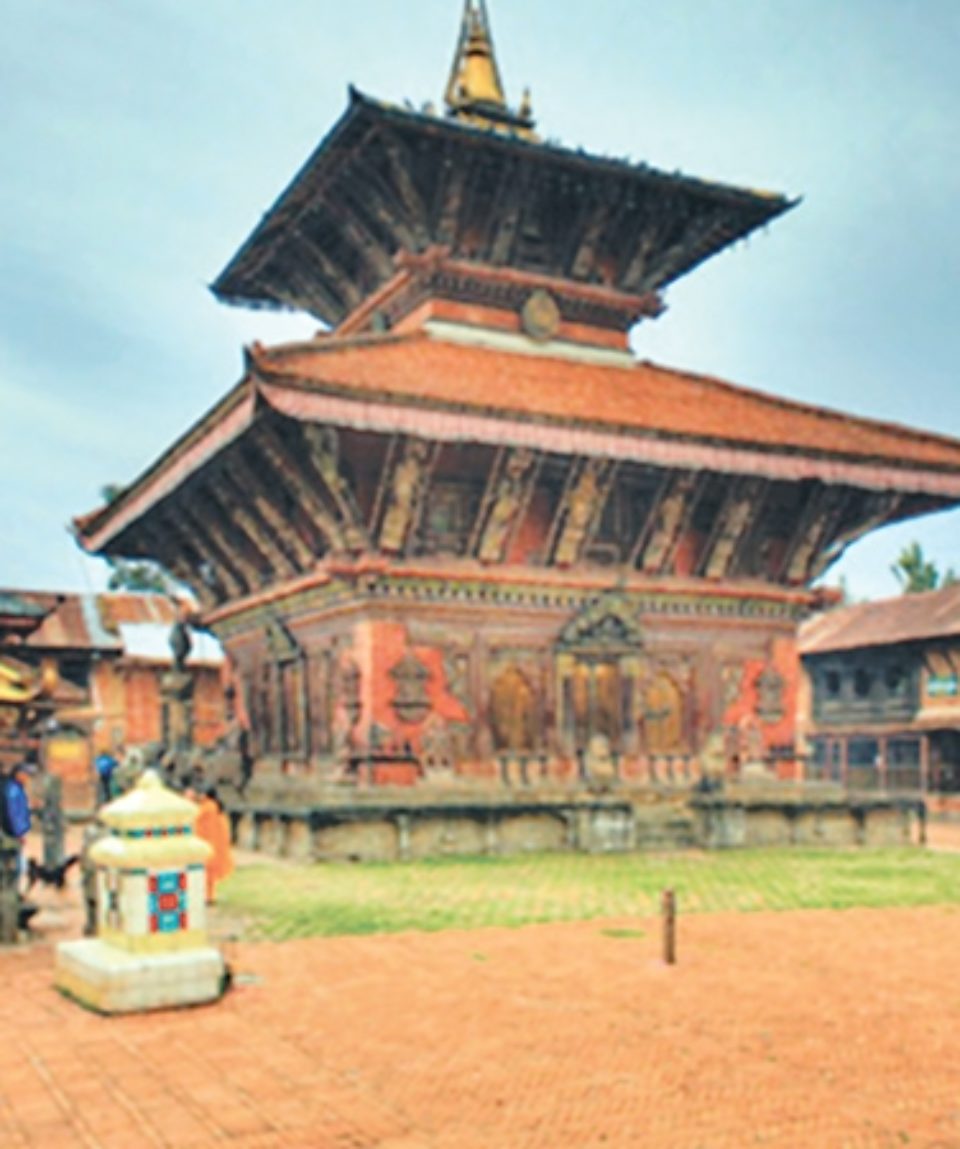Changunarayan Day Tour
fromFar from the hustle and bustle, Changunarayan Temple is one of the perfect destinations to be added to your Kathmandu Day Tour list. This temple is famous as the oldest Hindu temple in Nepal on a hilltop over the rice fields of Bhaktapur. It is located around 6km north of Bhaktapur, by the dense woods of Champak Trees and a small village named Changu. Depicting Nepal’s historic and artistic achievements, Changu Narayan is a must-visit place in Bhaktapur. Further, it is on the UNESCO World Heritage Site List.
-
Reviews 0 Reviews0/5
-
Vacation Style Holiday Type
-
Activity Level Fairly Easy
-
Group Size Medium Group
Changunarayan Temple and the Premises

The temple is exquisitely ornamented with metal and wood carvings, as well as colorful struts that represent Lord Vishnu’s ten avatars.
The temple has a magnificent golden gate with intricate carvings of Garuda, Laxmi, and Vishnu. Only temple priests get access to the Vishnu sculpture inside the main shrine. Hindu gods and fantastical animals are carved into the temple’s vibrant exterior. Buddhist pilgrims also travel to Changunarayan to worship Hariharihari Vahana Lokeshvara, the primary deity.
The legend behind the construction of this temple claims that after Lord Vishnu murdered a Brahmand, he was condemned to live forever as a Champak tree. The Champak tree was cut down by the Brahmand called Sudarshan after he noticed that a weird youngster would frequently emerge from it and consume all of his cow’s milk. As a result, Lord Vishnu manifested from the blood that had poured from the tree. Sudarshan received a blessing from Lord Vishnu for overcoming the curse. Since that time, this location has served as the main location for worshiping Lord Vishnu and creating incredible works of art and crafts in his honor down the decades.
The temple is protected by a garuda. A statue of King Bhupatindra Malla and Queen Bhuwan Laxmi dating to the 17th century is located on the flank of Garuda. Sankha and Chakra are clamped onto the stone monoliths in front of the temple, which are held up by stone turtles. Griffin and elephant statues stand guard on three sides of the shrine, respectively.
We’ll explore the temple complex after seeing the temple. There are temples and restrooms all around it, as well as a few scattered stone sculptures. The oldest stone inscription was placed there by King Mandev around 464 AD.
Changunarayan is a world heritage site because the complex has the earliest stone sculptures, dating from the 7th century. Beautiful sculptures from the 7th century include the Narshima sculpture, which shows Lord Vishnu as a lion-human figure killing the demon Hiranyakashipu, the sculpture of Vishnu Vikrant crossing the universe in one motion, the Vishwaroopa sculpture, which shows Shree Krishna revealing his cosmic form to Arjuna, and the Garuda Narayan sculpture, which is watermarked on a 10 rupee Nepali note.
Changunarayan is home to numerous magnificent sculptures that show Shri Vishnu in a variety of forms, including the 9th-century Sridhar Vishnu sculpture, and the 16th-century Vaikuntha Vishnu sculpture, and many others. In front of the temple are a modest, two-story Kileshwar Mahadev temple with an exquisitely made golden gate and columns decorated with sexual wood carvings. On the left side of the entry is a shrine dedicated to Chinnamasta Devi, who sacrificed herself to the Dakini and Varnini. Chhinnamasta is revered as Chinnamunda in tantric Buddhism. In front of the Chhinnamasta shrine stands an enigmatic, incomplete stone elephant sculpture.
After we visit the temple and discover the premises, we head towards the Changu Museum.
Changu Museum

An unassuming brick building is located halfway up the stairs leading from the parking lot to Changunarayan Temple, past the carver of a wooden mask, a calm tea shop, and a herd of sheep. With mahogany-painted doors and carved wooden window frames, it is orderly and spotless. With pasted coins, the words “Changu Museum.” are inscribed across the door on a deep crimson signboard. It would be impossible to infer that this museum is hiding one of Nepal’s most eclectic and varied collections of antiques, utensils, coins, and tools beneath its unassuming, unassuming exterior. At this Changunarayan treasure trove, visitors might discover anything from an old cow gallstone to a centuries-old leather coin.
The Changu Museum, which has been open for business for 11 years and is the only private museum in the nation, focuses on the past and beginnings of Changunarayan in addition to preserving some of Nepal’s most amazing and bizarre artifacts. This museum is the perfect place to connect all the dots that would be created while exploring the main temple.
Exiting the museum, we will head to a restaurant and have an authentic Newari lunch. After resting for a while, we will head to a Thangka School. We will arrange a short class on history and the basics if you are interested. If not, we will just shave some conversations with the teachers there and head back to our hotel.

 Some Photos
Some Photos




